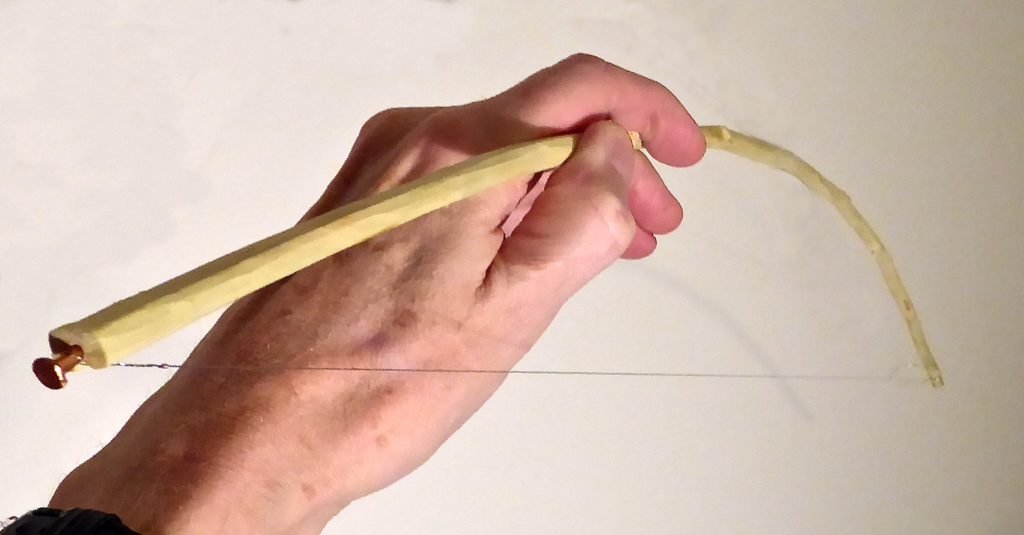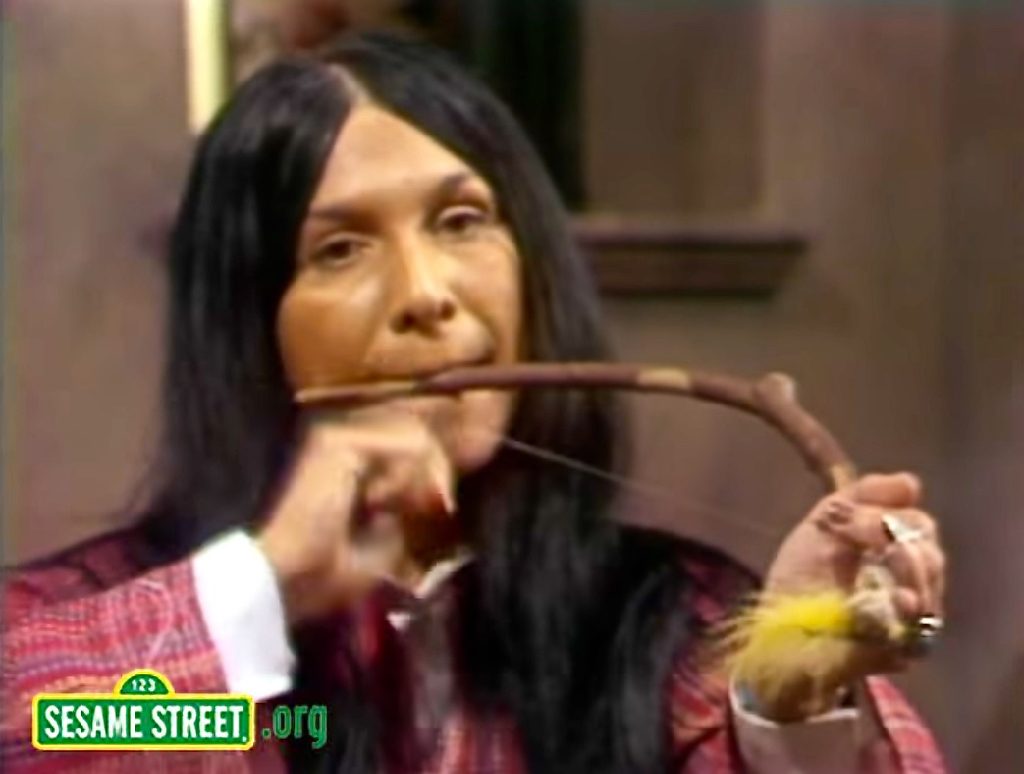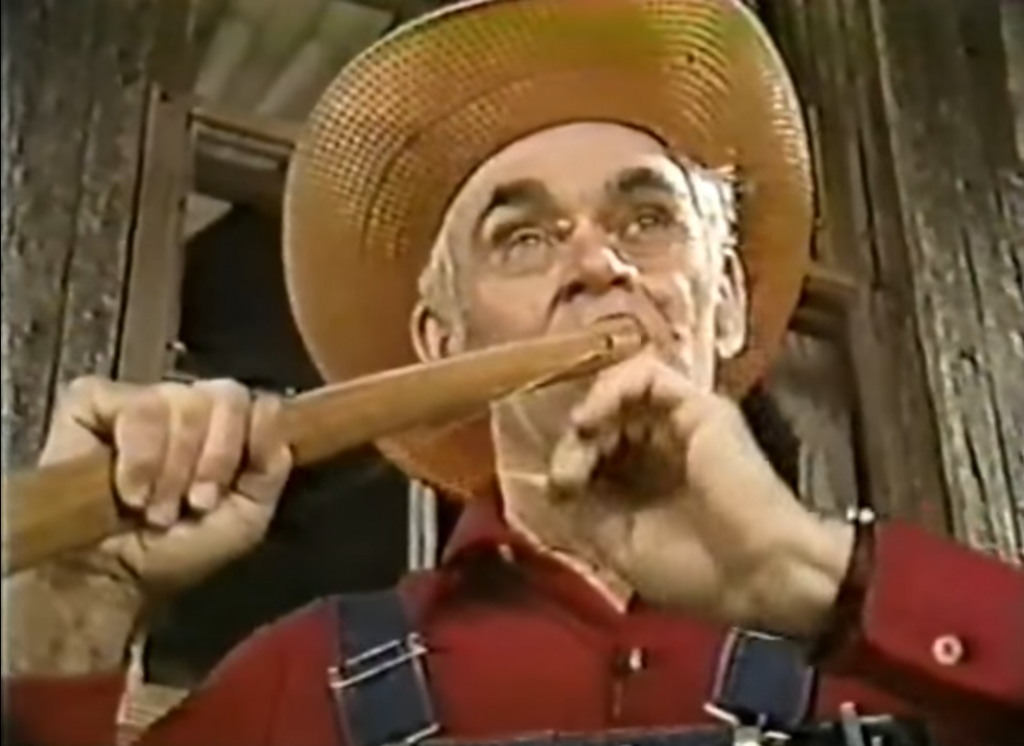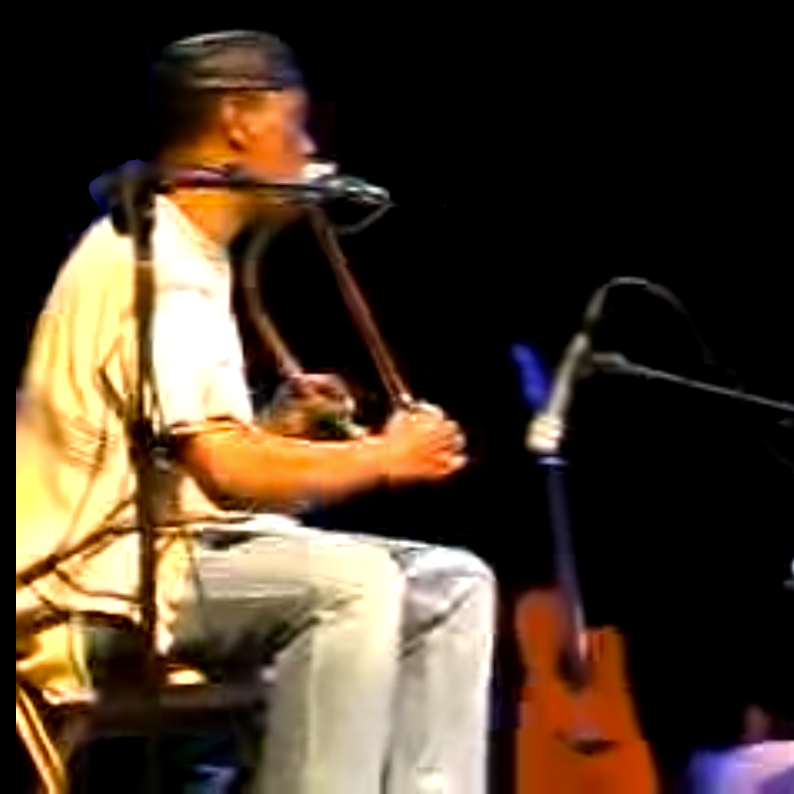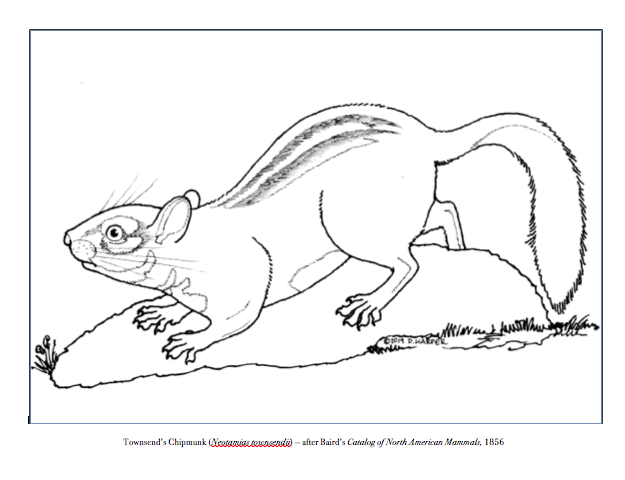What is a species? In a field ornithology class, I was taught that a species is a unit of biological classification (a taxon), a set of organisms whose members can interbreed with each other; but if one species interbreeds with another species, they will produce either no offspring, or infertile offspring. A species, then, is defined (so my professor said) by the possibility of successful breeding.
There are other ways to define what a species is. In his book The Social Amoebae: The Biology of Cellular Slime Molds (Princeton, N.J.: Princeton Univ., 2009), John Tyler Bonner outlines two other ways of defining a species:
“The tradition for cellular slime molds’ classification is entirely based on their morphology. I can remember way back discussing this point with Kenneth Raper, who himself discovered many of the new species, and he was quite adamant that the classification of the group was for the purpose of making them easy to identify; it said nothing about their phylogenetic relations. This is in the spirit of Linnaeus, who thought each species was created by an act of God, and who has been the basis of taxonomic keys beloved by some (not me!) through the centuries.” (p. 19)
In other words, a species is a conceptual tool for making classification easier for the scientists who study organisms. Or, a species gives us insight into the act of God which created that species; it is a kind of category of theological ontology.
And there is yet another way of looking of species: a species is defined by common ancestors:
“For taxonomists, the ultimate goal is to classify every plant according to clean monophyletic clades, in which each group contains all the descendants from a common ancestor and none from parallel lines.” Thomas J. Elpel, Botany in a Day: The Patterns Method of Plant Identification 6th ed. (Pony, Mont.: HOPS Press, 2013, p. 22).
In other words, organisms within a given species will share a common evolutionary ancestor; and the further classification of that species into genus, family, order, etc., gives us insight into how that species evolved. This helps us understand that a species is not a static category. A species is not, as Linneaus thought, a static insight into the way things were created in the past and always will be in the future. For example, the Iceland gull (Larus glaucoides) complex, comprising subspecies L. glaucoides glaucoides, L. g. kumlieni, and L. g. thayeri may represent speciation in action: subspecies that are evolving perhaps into becoming full species. More broadly, the genus Larus consists of closely related species some of which have only recently evolved into separate species. Thus, sometimes species give us a look at evolution in action.

